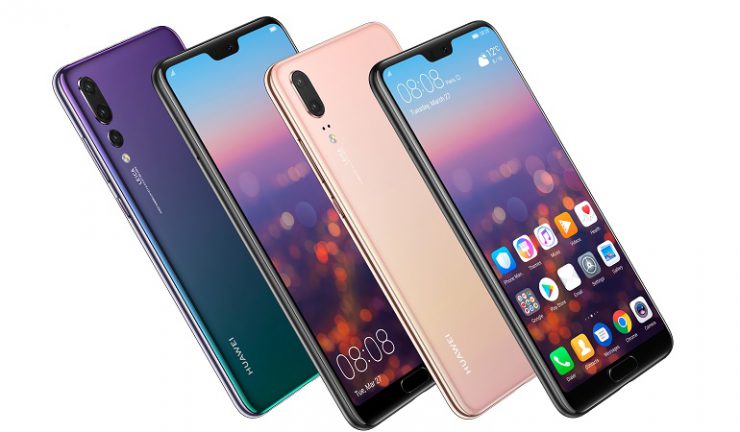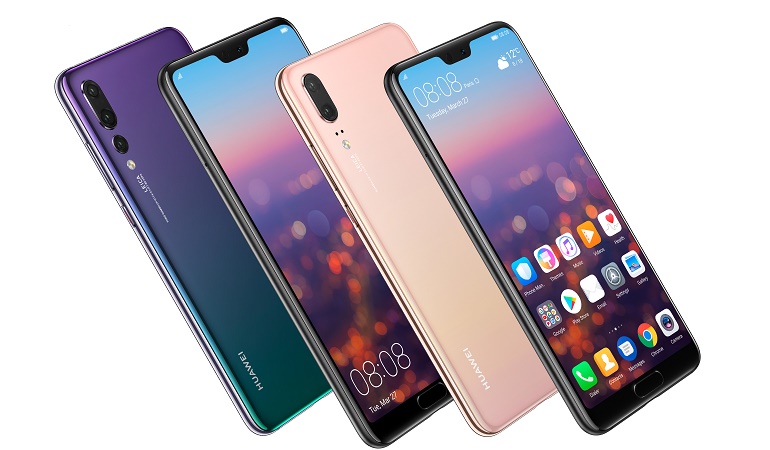In third quarter.
If it weren’t for Chinese smartphone manufacturers, Huawei and Xiaomi, global smartphone sales for the third quarter would have dropped 5.2%, according to Gartner. The pair helped drive sales up 1.4% to reach 389 million units.
Gartner research director, Anshul Gupta said, “Led by low-price smartphones, enhanced camera features and high-quality resolution displays, top Chinese mobile phone manufacturers boosted their sales across emerging markets in the third quarter of 2018.”
While sales of smartphones are slowing down for most mobile phone manufacturers, Huawei saw demand for its smartphones grow by 43% in the third quarter of 2018. It remains the number one smartphone brand in Greater China and top three among many European markets.

Huawei P20 and P20 Pro
“The gap between Samsung and Huawei continues to shrink, as Huawei expands aggressively by investing in branding and distribution in the emerging markets of the Middle East, Asia/Pacific and Africa,” Gupta said. “Huawei is, for example, aggressively positioning its affordable Honor series smartphones to drive the shift from feature phones to smartphones in those markets.”
In the third quarter of 2018, Samsung experienced its biggest decline of 14% since Gartner has been tracking smartphone sales globally.
Samsung’s Galaxy S9, S9+ and Note 9 struggled to revive demand in 2018, and its revamped mid-tier and entry-tier smartphones continued to face huge competition. Apple’s performance was flat in the third quarter of 2018 with 0.7% growth.
“Apple’s iPhones are facing a saturated premium smartphone market, with slowing growth rates and increased competition in China,” Gupta said. “Apple’s new flagship smartphones, announced in September, will be key to defining Apple’s overall iPhone unit sales in 2018. Initial channel checks suggest that the Xs Max is outselling the Xs model, and we also see the Xs Max as a critical addition for the Chinese market where Apple has been losing share.”
Looking forward to 2019 and beyond
New technologies such as 5G and foldable form factor will differentiate the user experience on smartphones and generate new user value, according to Gartner.
“While 2019 will mark an important year for more R&D and testing/trials of varying 5G technologies, it is unlikely that 5G will be seen in mobile devices in significant volumes before 2020,” research director, Roberta Cozza said. “We expect 5G mobile phone sales to total 65 million units in 2020.”
In addition, several vendors, such as Samsung, Huawei and LG, are expected to launch new foldable form factors in 2019.
“Beyond the initial interest these devices will be expensive and with usability trade-offs initially,” she said. “It will take time for vendors to build a strong ecosystem of software, and to get developers on board to generate attractive and innovative user experiences around foldable smartphones.”

